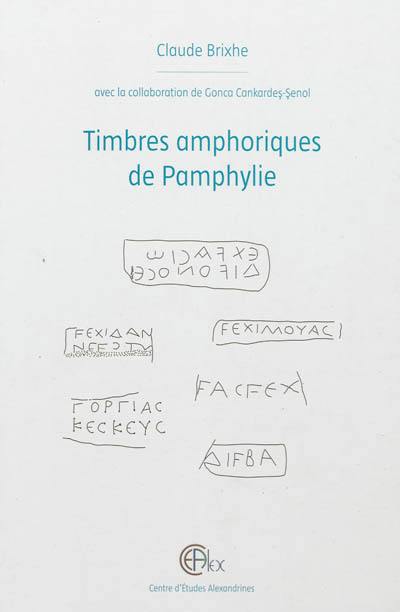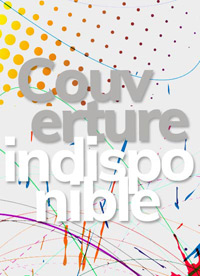
Fiche technique
Format : Relié
Nb de pages : 412 pages
Poids : 400 g
Dimensions : 21cm X 28cm
ISBN : 978-2-11-128613-9
EAN : 9782111286139
Timbres amphoriques de Pamphylie
Quatrième de couverture
Ce recueil représente l'aboutissement d'un travail initié il y a plus d'un demi-siècle par A.G. Woodhead. Si la Pamphylie est une des dernières provinces à être touchées par l'amphorologie, c'est que ses timbres ne comportent ni ethnique, ni symbole, ni indication de fonction, mais seulement un, deux ou (très rarement) trois anthroponymes. Leur identification est donc difficile ; quand elle est assurée, elle repose sur l'alphabet utilisé, la phonétique ou la morphologies des noms. On trouvera là environ 763 timbres, de basse époque hellénistique, provenant essentiellement d'Alexandrie et de sa région, la Pamphylie elle-même n'en fournissant que quelques-uns. Leur présentation est accompagnée d'une photo du document, d'un frottis et d'un dessin, qui permet de suivre l'apparat critique. Ce corpus soulève certes des questions actuellement sans réponse (nombre d'ateliers, cités concernées, etc.) ; il n'en confirme pas moins la prodigieuse originalité de l'onomastique d'une société faite d'osmoses successives, réparties sur un millénaire, entre populations indigènes et Grecs d'origines diverses.
This collection represents the completion of an endeavour begun more than half a century ago by A.G. Woodhead. If Pamphylia has been one of the last provinces to be covered by amphorology, that is because its stamps bear neither ethnic nor symbol nor indication of function, but only one, two or (very rarely) three anthroponyms. Thus their identification is difficult ; when identification is certain this rests upon the alphabet used, the phonetics or the morphology of the name. One can find here some 763 stamps, from the late Hellenistic period, coming essentially from Alexandria and its region : Pamphylia itself furnishes only a few examples. Their presentation is accompanied by a photo of the document, a rubbing and a drawing which allow one to follow the critical approach. This corpus undoubtedly raises questions to which there are presently no answers (number of workshops, cities involved etc.), just as it confirms the prodigious originality of name-giving in this society that was the result of an on-going osmosis orer a millennium between local populations and Greeks of diverse origins.







